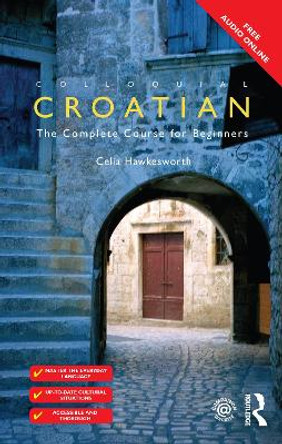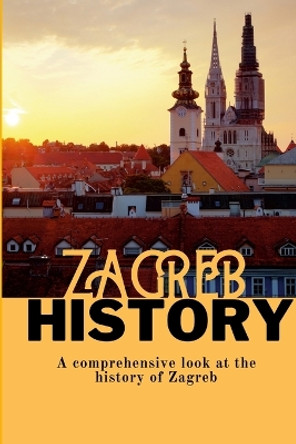Situated at the foot of a range of hills on the edge of the great Pannonian Plain, for most of its history Zagreb has been a small town to which things happened. Administered from 1102 by Hungary and later absorbed into the Habsburg Monarchy, Zagreb was under threat from the advancing Ottomans until the late sixteenth century. In 1918, the Croatian lands joined their immediate South Slav neighbours in the Kingdom of Serbs, Croats and Slovens, later renamed Yugoslavia. Following Yugoslavia's violent collapse, in 1991 Zagreb became the capital city of the new independent Croatia. From the mid-nineteenth century onwards Zagreb developed steadily into a modern city, reflecting all the important trends in Central European culture, architecture and fashion. Its pretty centre is laid out according to a plan incorporating trees and public gardens, forming a "green horseshoe" lined with imposing buildings. Celia Hawkesworth explores this central core and the atmospheric old town on a rise above it, finding a mix of old and modern building, a rich cultural tradition and a vibrant outdoor cafe life, in which many of the individuals who have contributed to creating the city's unique inner life are commemorated in statues in the streets and squares. This title covers: City of Struggle: the legacy of external attack, fire, earthquakes and internal political strife; where street names reflect a turbulent past, the need to adapt to historical and political circumstances, and a steady, patient striving for autonomy; City of Culture: the sculpture of Ivan Mestrovic; the Zagreb Musical Biennale and Igor Pogorelic; the unique collections of paintings in the Strossmayer and Modern Galleries; the novels and plays of Miroslav Krleza and a lively tradition of artistic experimentation; and, City of Pleasure: parks, hills, forests and lakes; numerous sports centres; cafes, bars, jazz-clubs and night-spots for quiet relaxation or dancing; theatres, concert-halls, cinemas and shopping-malls, which can almost all be reached on foot from the central square.
About the AuthorCELIA HAWKESWORTH taught Serbian and Croatian language and literature at the University of London for many years. She now works as a freelance writer and translator. Her long involvement with the language and culture of the region began with her first visit to Zagreb in 1955. She has returned regularly ever since.
Book InformationISBN 9781904955306
Author Celia HawkesworthFormat Paperback
Page Count 256
Imprint Signal Books LtdPublisher Signal Books Ltd
Weight(grams) 368g

![Zagreb: A Cultural and Literary History by Celia Hawkesworth 9781904955306 [USED COPY] Zagreb: A Cultural and Literary History by Celia Hawkesworth 9781904955306 [USED COPY]](https://cdn11.bigcommerce.com/s-zkx5lhzlf8/images/stencil/608x608/products/4896844/4896067/9781904955306__39456.1722375670.jpg?c=1)



![Seville, Codoba and Granada: A Cultural and Literary History by Elizabeth Nash 9781902669960 [USED COPY] Seville, Codoba and Granada: A Cultural and Literary History by Elizabeth Nash 9781902669960 [USED COPY]](https://cdn11.bigcommerce.com/s-zkx5lhzlf8/images/stencil/444x444/products/5101667/5100836/9781902669960__77403.1723172548.jpg?c=1)
